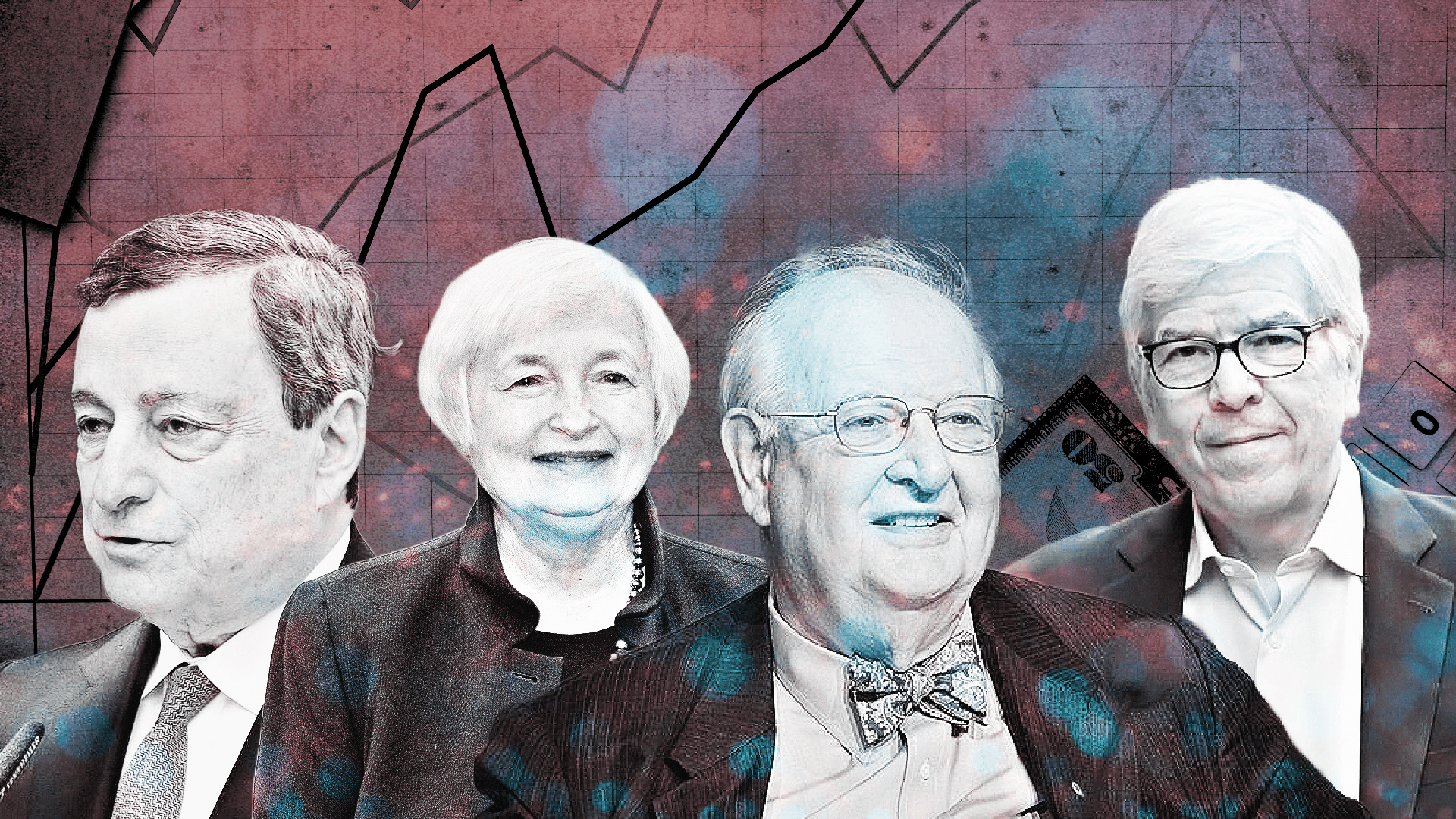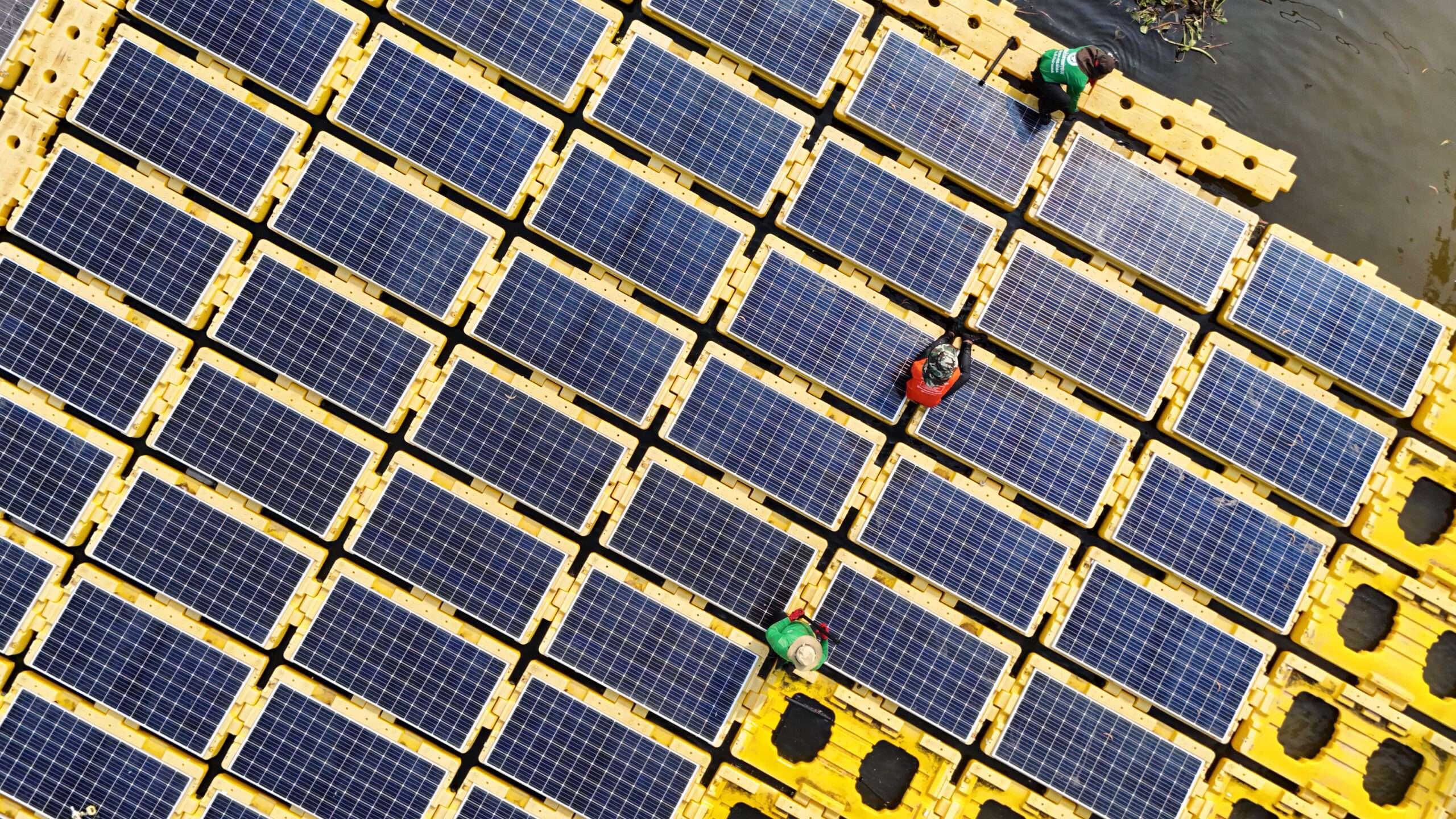China is increasingly using recycled steel, pressuring iron-ore prices and global miners.
The world’s biggest producers of iron ore have a problem, and it lies in the steel that has already gone into China’s cars, bridges and skyscrapers.
[ by John W. Miller and Rhiannon Hoyle | August 25, 2015 | WSJ ]
Over the past decade, China has accumulated more steel than any other economy in the world. And because steel can be endlessly recycled, the country’s steelmakers are likely to turn increasingly to scrap instead of the iron ore mined by the likes of BHP Billiton Ltd. , Rio Tinto PLC and Anglo American PLC.
On Tuesday, BHP Billiton, the world’s biggest miner, lowered its long-run forecast for peak China steel demand to between 935 million and 985 million metric tons from one billion to 1.1 billion tons. China’s annual production is currently at about 800 million tons.
This historic glut of Chinese steel, and concerns over the country’s economic prospects, have hurt prices for iron ore, the biggest ingredient in steelmaking. The commodity has fallen to roughly $50 a ton from $190 a metric ton in 2011, squeezing the profits—and share prices—of the world’s biggest mining companies. The S&P mining index has declined to 18.33 from above 70 over that stretch.
China accumulated so much steel so rapidly that the total amount of steel in the economy and available for recycling now stands far beyond the level that would be typical for an economy its size, at around five tons per capita, according to analysis by Morningstar Inc.
In adjusted gross domestic product per capita, China now matches Japan’s level of development in 1968. At that time, the Japanese economy had 2.9 tons of steel per capita. A comparison with the U.S., which was at China’s current level in the 1940s, isn’t relevant because American cities are more horizontal and have more wood-based homes.
China’s appetite for iron ore led global mining companies to invest billions in new mines during the last decade, which are now contributing to the oversupply as demand slows. From Rio Tinto and BHP Billiton’s massive open-pit facilities in the Australian desert to Anglo American’s 330-mile slurry pipeline in the Brazilian jungle, companies bet big on massive mines, railroads and ports.
Global capital spending by miners surged from around $35 billion in 2000 to over $200 billion in 2012, before slipping back to around $150 billion, according to SNL Metals.
On Tuesday, after BHP reported an 86% dive in profit for the year ended in June, CEO Andrew Mackenzie said the mining company expects China’s broader economy to pick up in the second half, meeting its 7% overall growth for 2015.
Interest-rate cuts, along with moves to support the property market and infrastructure spending, should buttress growth for the rest of the year, he said. Despite the reduced outlook for peak steel demand, Mr. Mackenzie said China’s leaders had a clearly articulated strategy, and that his company had adapted accordingly.
But as construction cools in China, the country is starting to export more of the steel it makes: its exports increased 27% during the first seven months of the year, to 62.1 million tons, and are expected to top 100 million tons this year, up from 53 million tons in 2013, according to Global Trade Information Services.
At some point next year, Chinese steel exports will surpass the total production of the world’s second-biggest steelmaker, Japan.
And in the next decade, as the country’s consumers and businesses start recycling their first generation of containers, cars and appliances, the steel glut will be compounded.
China’s scrap production currently amounts to around 10% of its total steel output, compared with two-thirds for the U.S. Analysts expect its scrap production to start taking off toward the start of next decade.
Surging Chinese exports have contributed to global oversupply, diluting steel prices around the world. In the U.S., steelmakers have filed three requests for protective import tariffs on steel from China and other countries. U.S. Steel Corp. and ArcelorMittal, two of the biggest steelmakers in the U.S., have closed plants and laid off thousands of workers.
“China is moving from commodity importer to exporter,” Ugur Dalbeler, CEO of Turkish steelmaker Colakoglu Metalurji, said in an interview. “And it’s a problem every steelmaker outside of China now has to cope with.”
—Alex MacDonald contributed to this article.














